Poland’s countryside holds treasures often overshadowed by the country’s more famous cities, like Warsaw and Krakow. The rural landscape is dotted with charming villages that preserve centuries of tradition, architecture, and natural beauty in ways that modern urban centers simply cannot. These communities offer a glimpse into Poland’s authentic cultural heritage and stunning natural environments.
Here is a list of 20 villages in Poland that showcase the country’s diverse beauty and cultural richness, sure to inspire your next travel adventure.
Zalipie
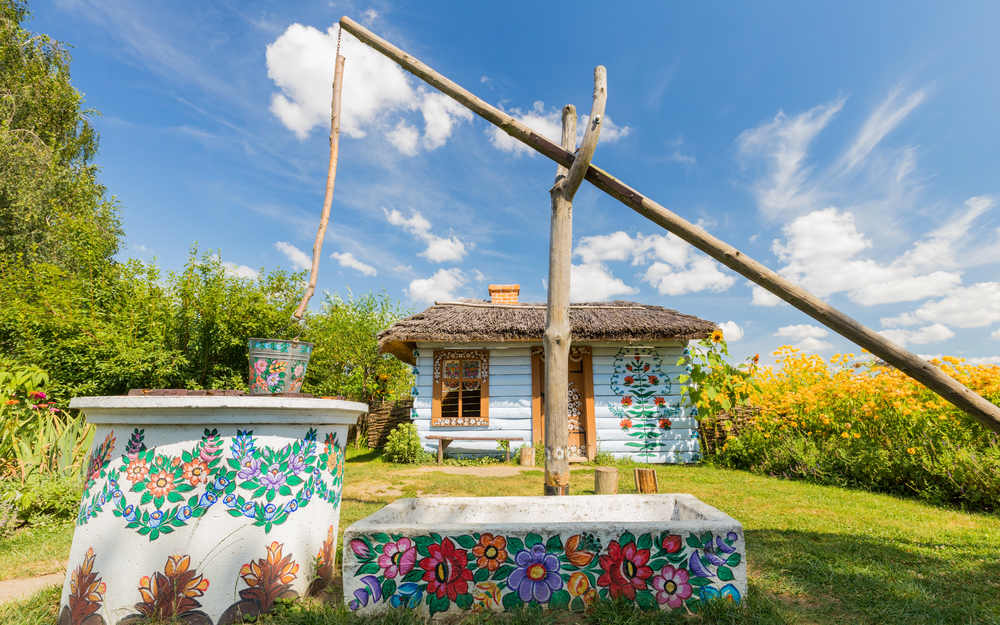
Known as the ‘painted village’, Zalipie features cottages decorated with vibrant floral patterns. This tradition began over a century ago when women started painting colorful flowers to cover soot marks from wood-burning stoves.
Today, nearly every surface in the village—from houses to wells and even dog kennels—is adorned with these intricate folk paintings.
Chochołów
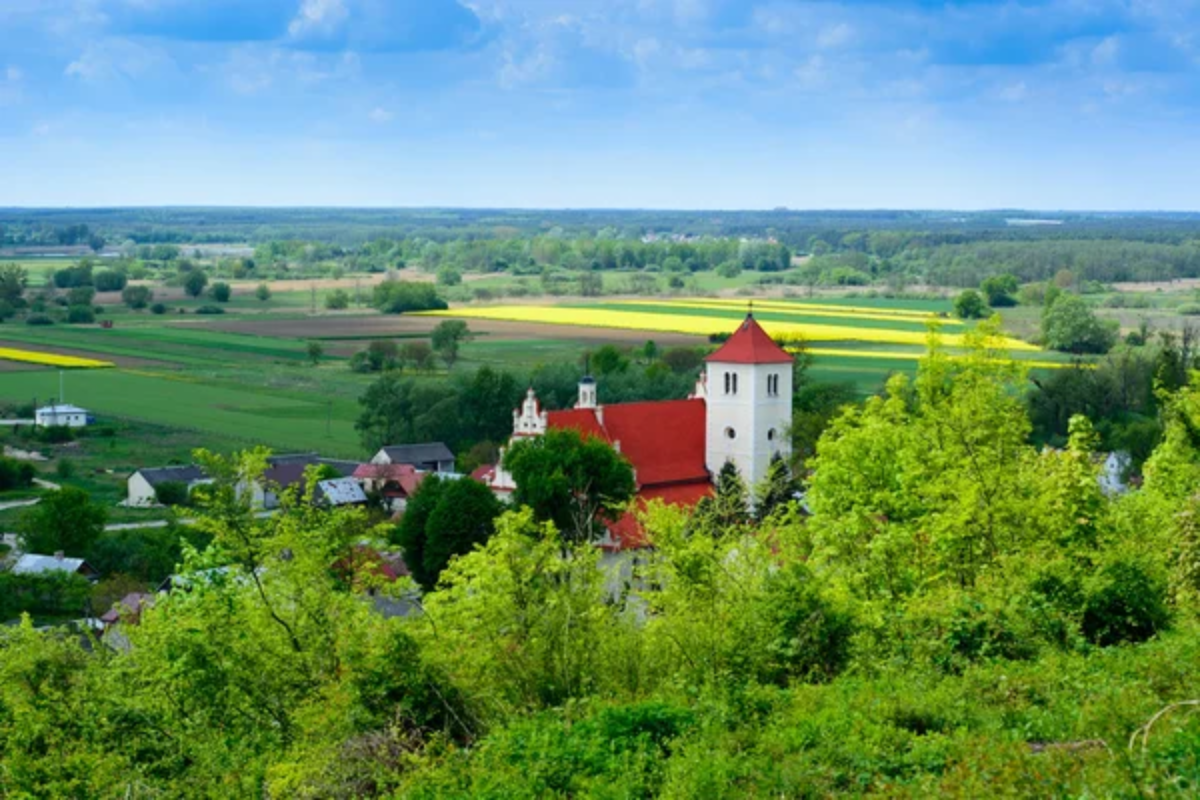
This highland village is famous for its perfectly preserved wooden architecture. The rows of pristine timber cottages, built from horizontally laid logs, create a living museum of traditional Górale (highland) craftsmanship.
Locals still wash the exteriors with soap and water each spring, giving the wood a distinctive, bright appearance that makes the village shine against its mountain backdrop.
Like Travel Pug’s content? Follow us on MSN.
Kazimierz Dolny
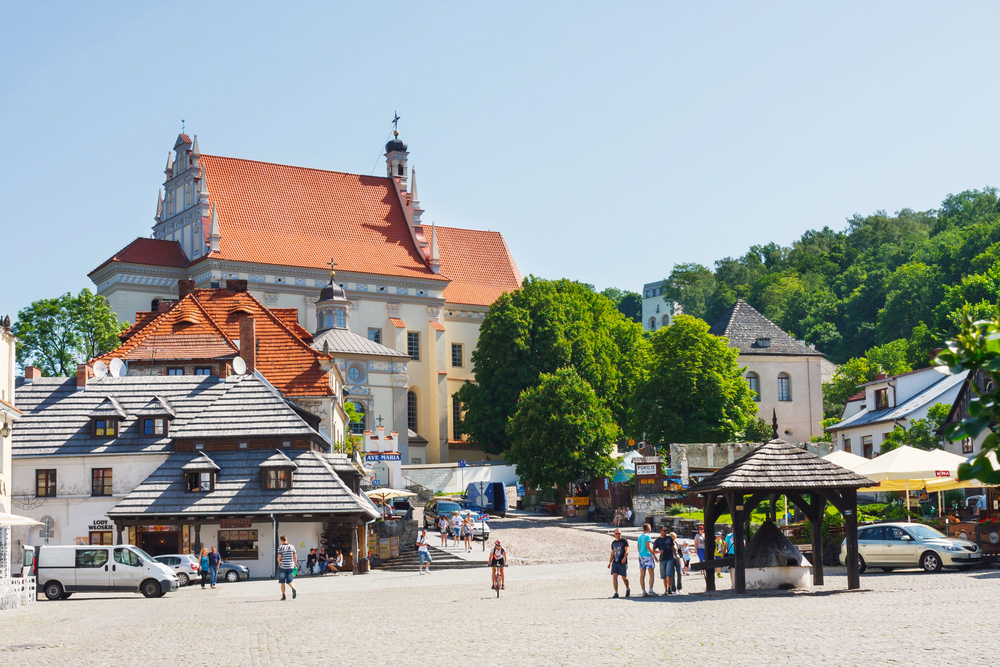
Perched on the banks of the Vistula River, this Renaissance village combines natural beauty with remarkable architecture. Artists have flocked here for centuries, drawn by the light that plays across the white limestone buildings and the surrounding wooded hills.
The village squares bustle with outdoor cafés, while nearby ravines cut through loess formations, creating a landscape that feels like a painting come to life.
Tyniec
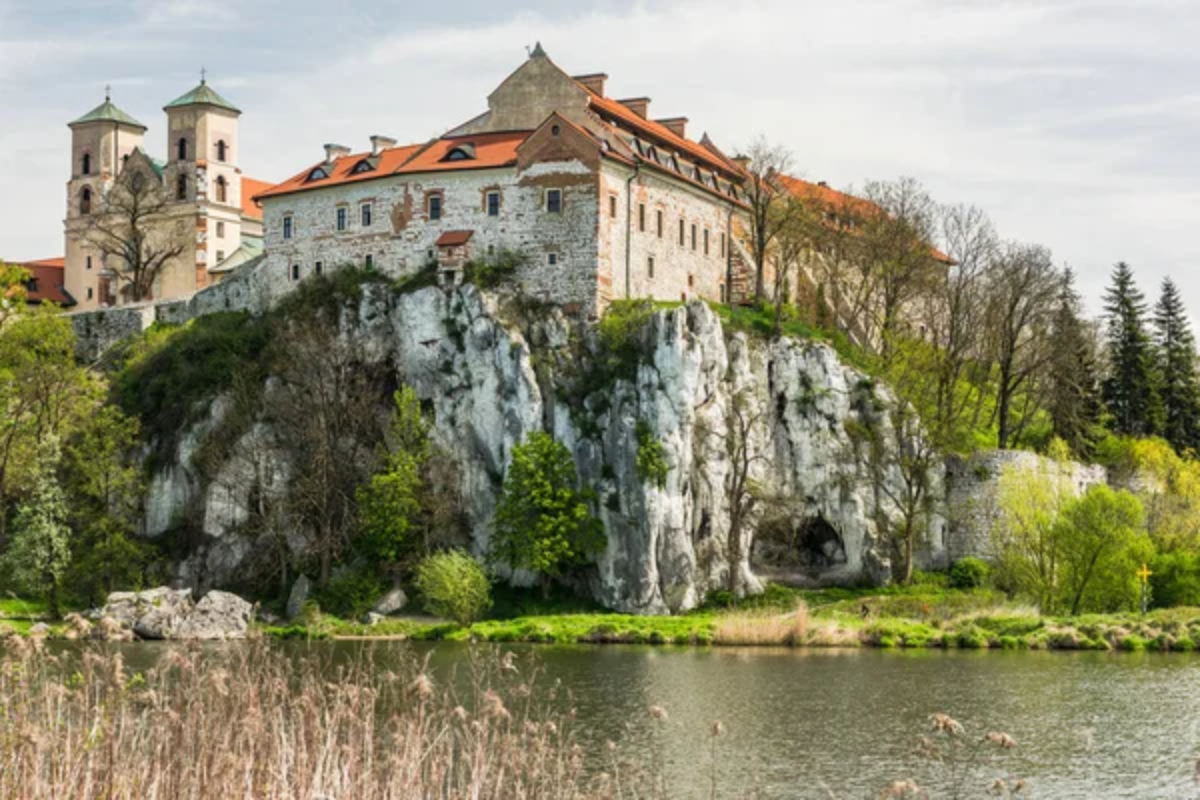
Dominated by a Benedictine abbey perched dramatically on limestone cliffs above the Vistula River, Tyniec offers a perfect blend of spirituality and natural majesty. The ancient walls have stood watch since the 11th century, making it Poland’s oldest monastery still in operation.
Walking through the small village below feels like stepping back in time, especially when monks’ chants echo from the abbey above.
Świnioujście
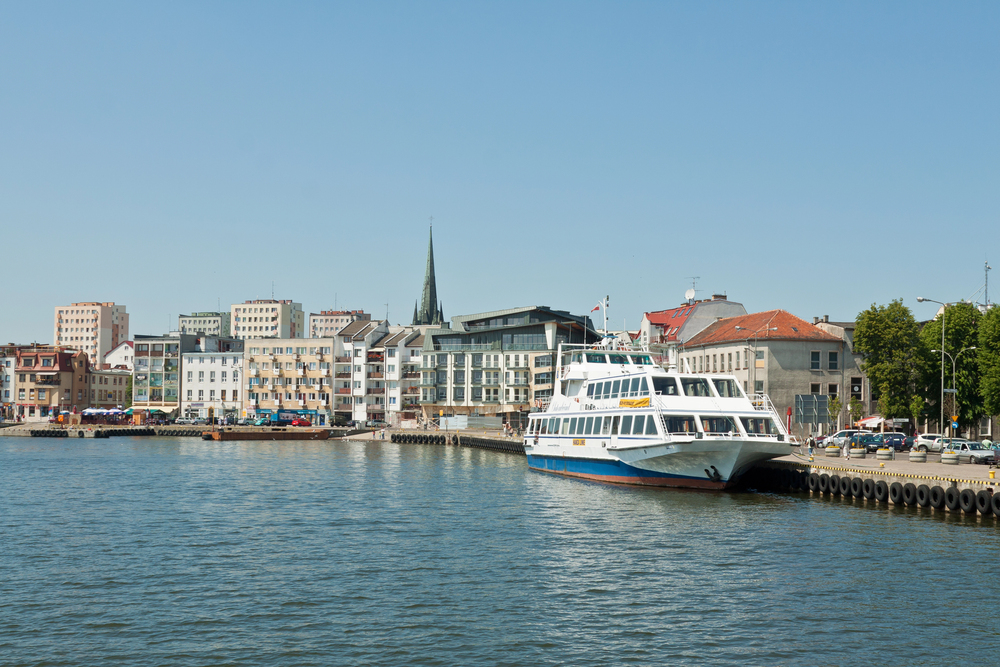
Split between Poland and Germany on three islands at the mouth of the Baltic Sea, this unique border village offers tranquil beaches that stretch for miles. The village center maintains its fishing community charm, with colorful boats dotting the harbor.
Local seafood restaurants serve catches from that morning, prepared according to recipes passed down through generations of maritime families.
Like Travel Pug’s content? Follow us on MSN.
Lanckorona
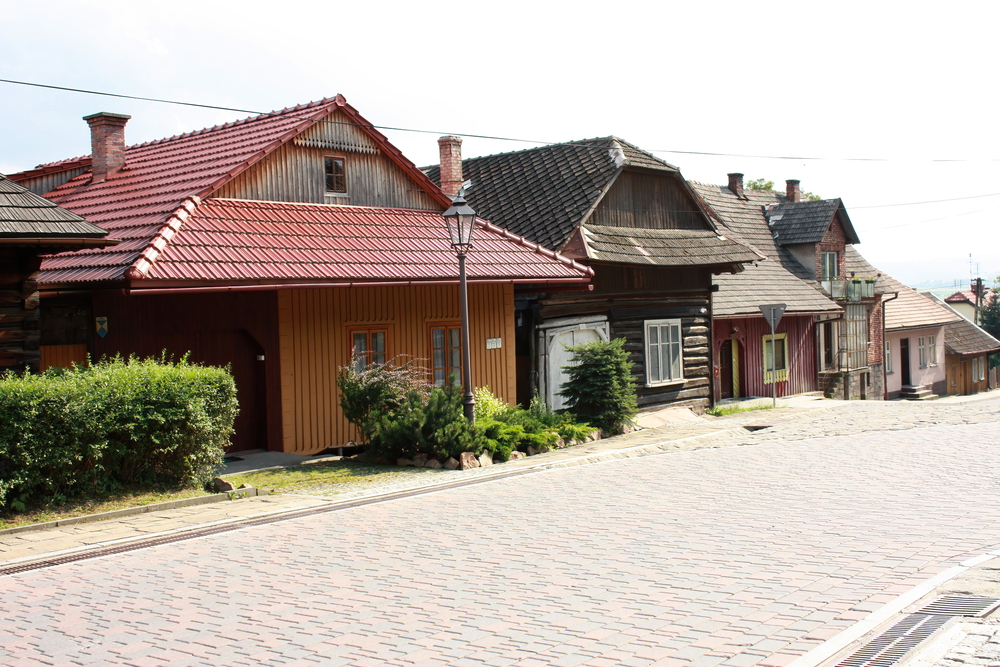
This hillside village features wooden cottages with distinctive wide-eaved roofs that have remained virtually unchanged since the 19th century. With its traditional well, the village square appears frozen in time beneath the ruins of a 14th-century castle.
When fog rolls through the streets on autumn mornings, the atmosphere becomes almost magical, like walking through the pages of a fairy tale.
Szydłów
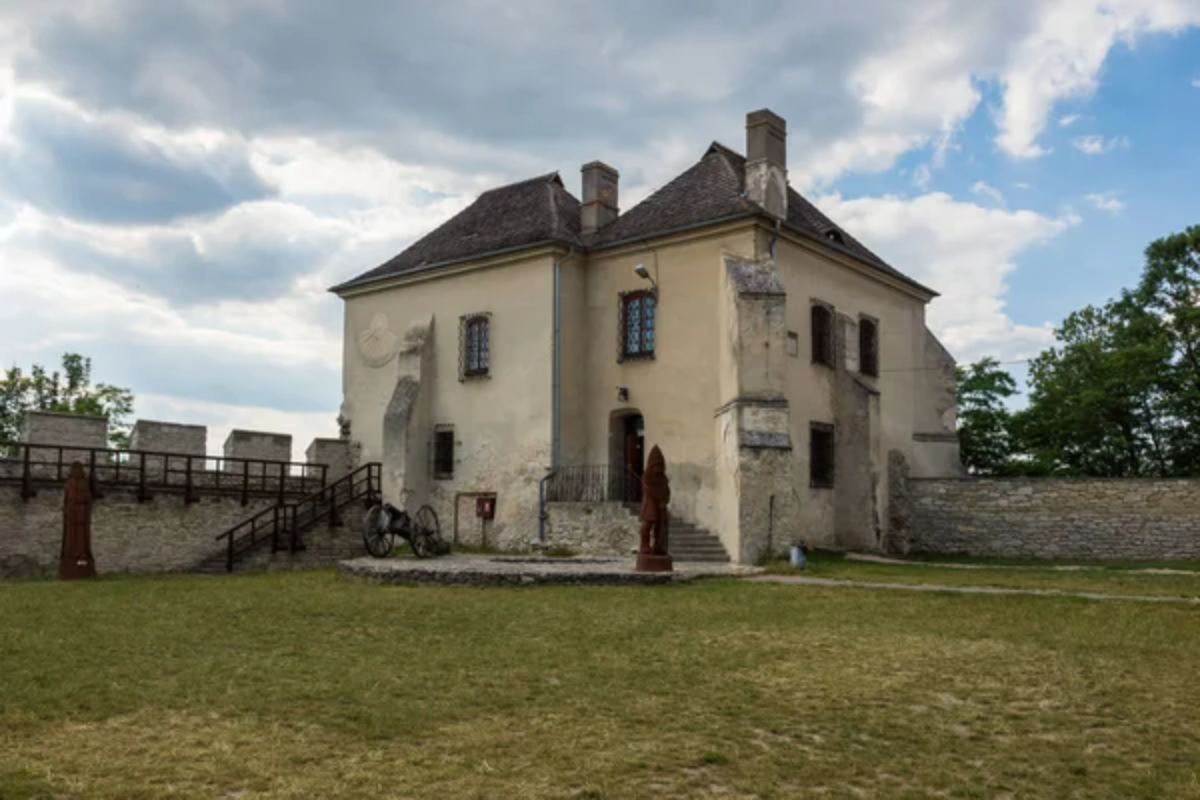
Often called ‘Polish Carcassonne,’ this village is encircled by nearly intact medieval walls. The golden limestone fortifications protect a time capsule of medieval architecture, including a Gothic church and synagogue.
The narrow streets within follow the same layout established in the 14th century, creating an authentic medieval experience that is rare even in history-rich Europe.
Istebna
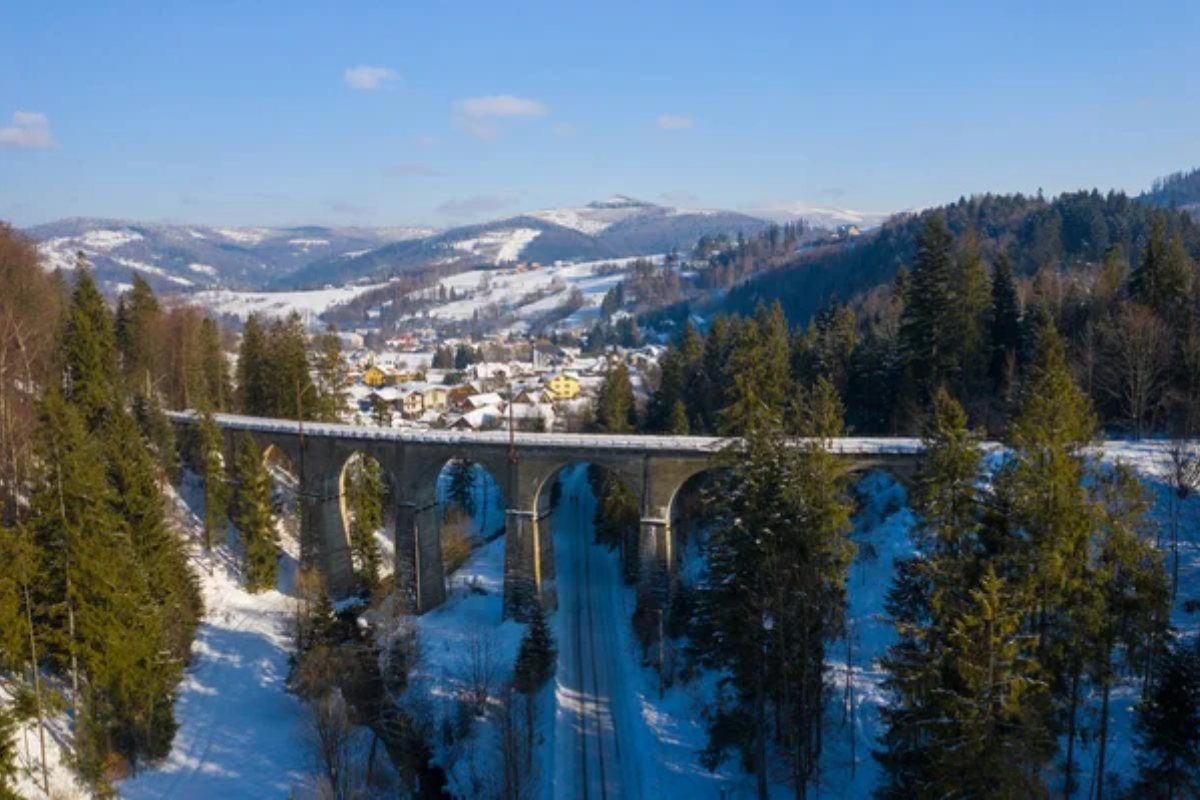
Nestled in the Beskid Mountains, Istebna preserves unique Carpathian folklore and craftsmanship. The village is renowned for its woodworkers, who transform local timber into everything from delicate musical instruments to entire houses.
The tradition of craftsmanship runs so deep that many families can trace their woodworking heritage back hundreds of years through tools passed from father to son.
Like Travel Pug’s content? Follow us on MSN.
Kogutek
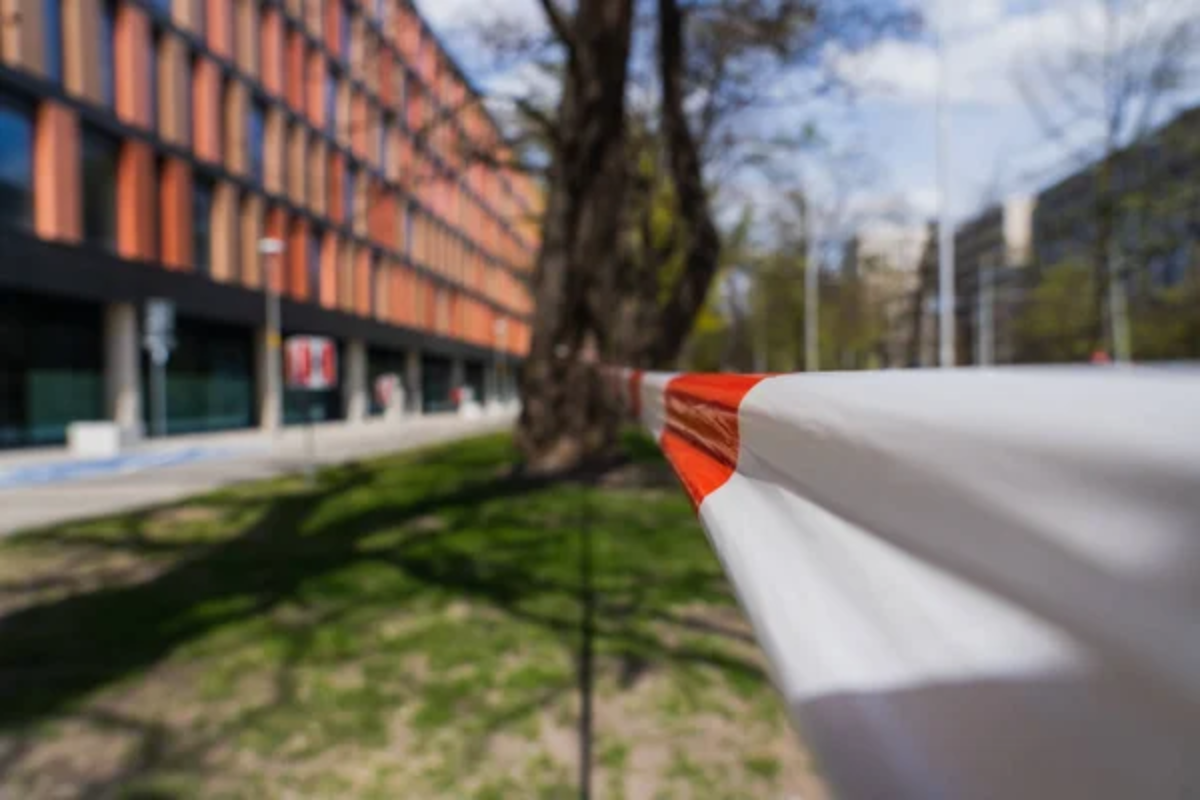
This tiny settlement in the Białowieża Forest exists in harmony with Europe’s last primeval forest. The wooden homes with thatched roofs blend into the ancient woodland that surrounds them.
Residents live much as their ancestors did, following the rhythms of nature in a forest that has remained largely unchanged since the last ice age retreated from Europe.
Chełmsko Śląskie
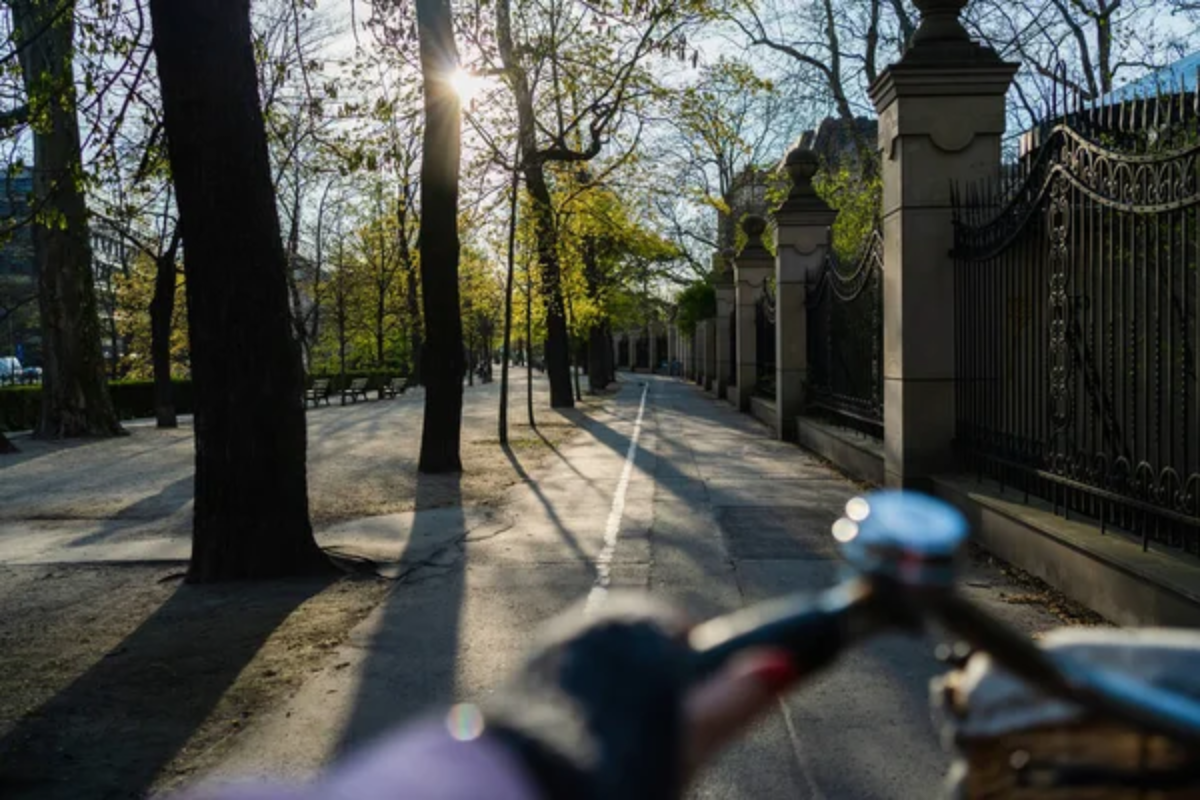
Famous for its ‘Dwarf Houses,’ a row of 18th-century weavers’ cottages with distinctive steep roofs, this borderland village showcases a perfect blend of Polish, Czech, and German influences. The wooden looms inside some cottages still clack away, producing linen using techniques unchanged for centuries.
The village exists in its cultural microcosm, where three nations’ traditions have melded into something unique.
Wilamowice
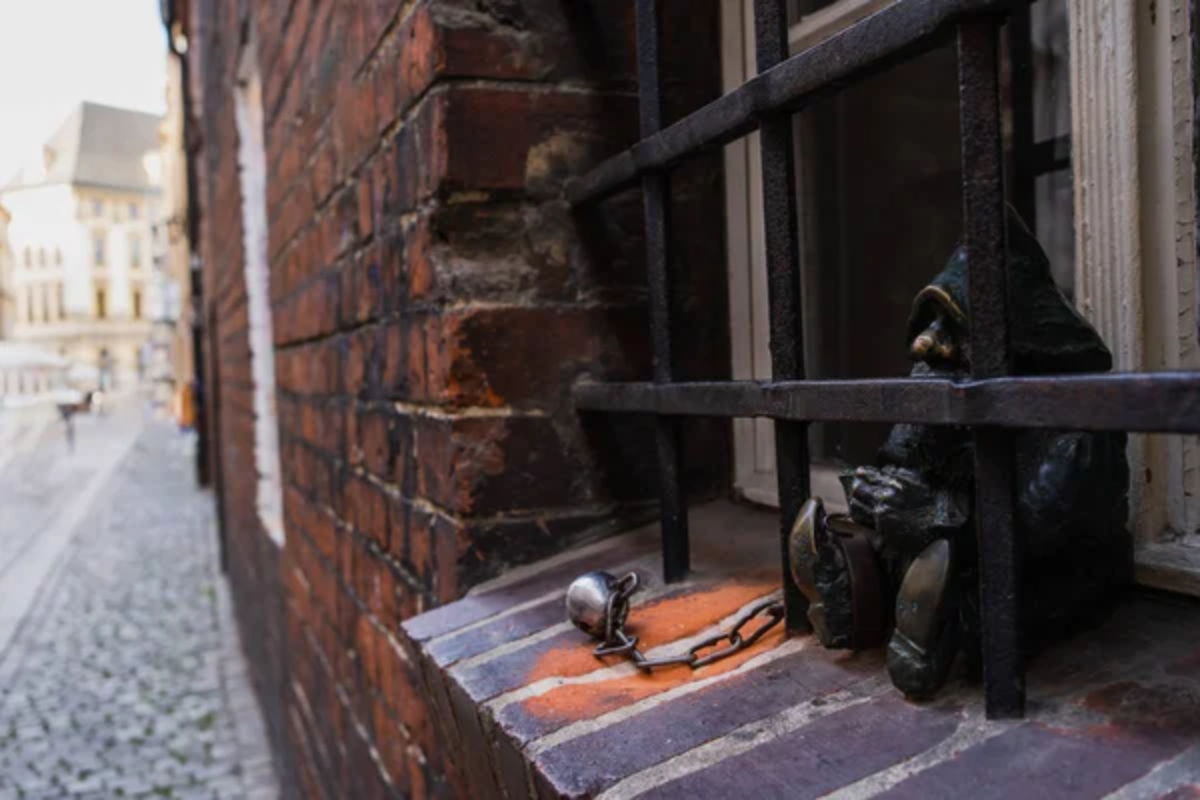
This remarkable village preserved not just buildings but its language and culture, distinct from anywhere else in Poland. Descendants of medieval Flemish settlers still speak Wymysorys, a Germanic language found nowhere else on earth.
The local costume tradition features embroidery patterns that tell family histories through symbols that serve as a textile genealogy.
Like Travel Pug’s content? Follow us on MSN.
Kluki
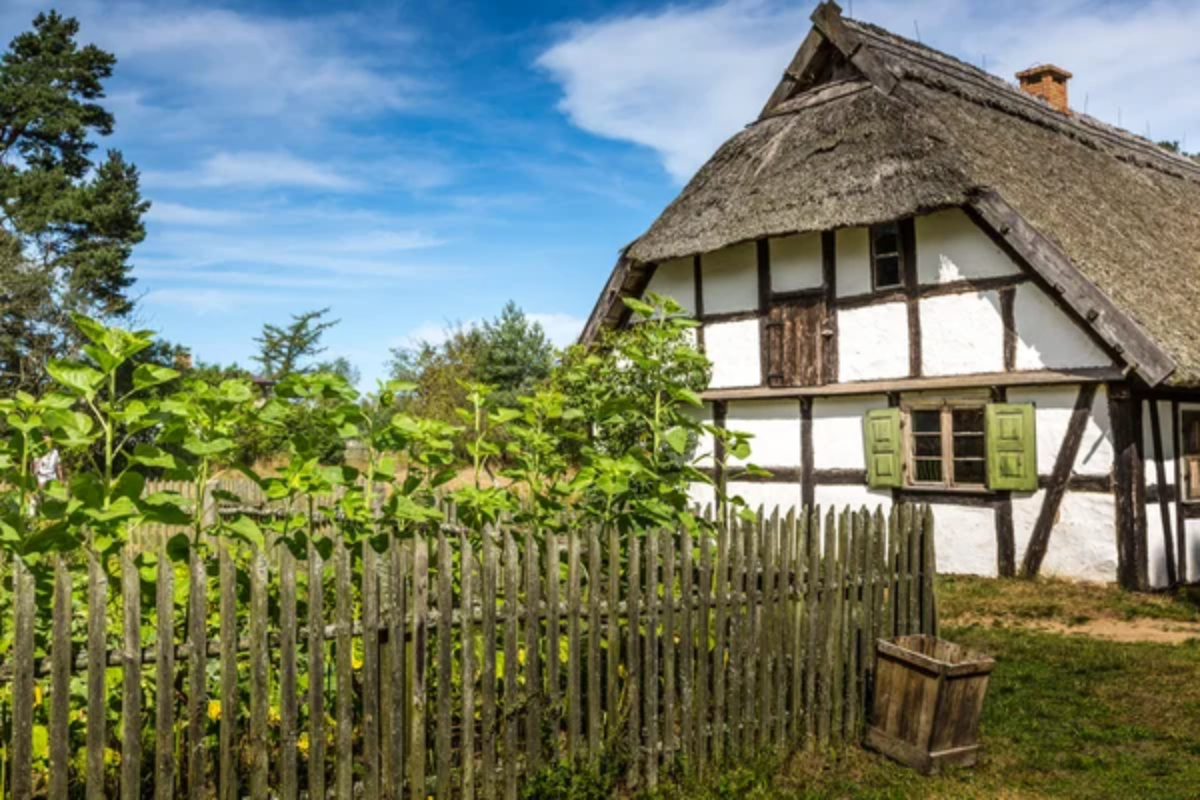
This open-air museum village preserves the culture of the Slovincians, Baltic Slavs who once inhabited this coastal region. The thatched cottages stand in perfect harmony with the surrounding marshes and forests.
Traditional fishing boats rest on shores where locals still smoke fish using methods developed by their ancestors, who navigated these waters before maps were drawn.
Czorsztyn
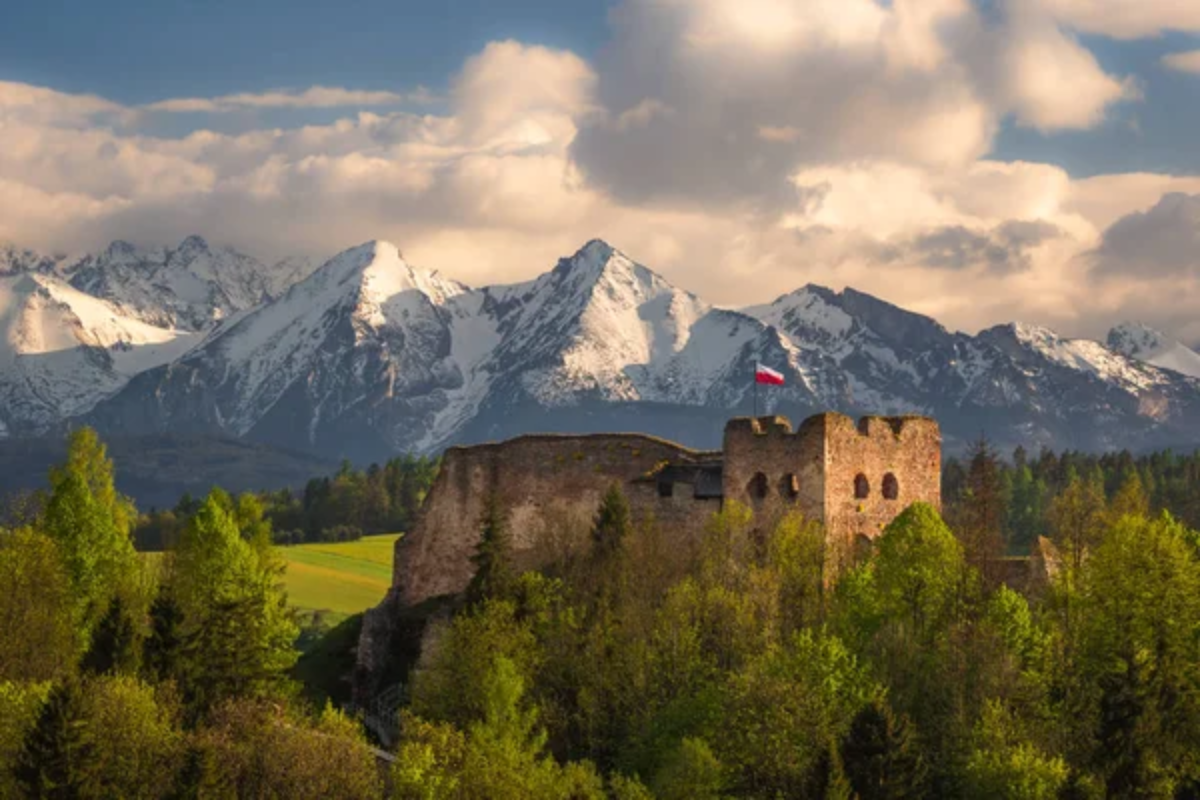
Nestled beside a mountain lake beneath castle ruins, Czorsztyn combines dramatic natural beauty with historical significance. The village was relocated to create a reservoir when the valley was flooded, yet it maintained its mountain character.
During certain times when the water level drops, the foundations of the original village emerge from the lake like ghosts from the past.
Ujsoły
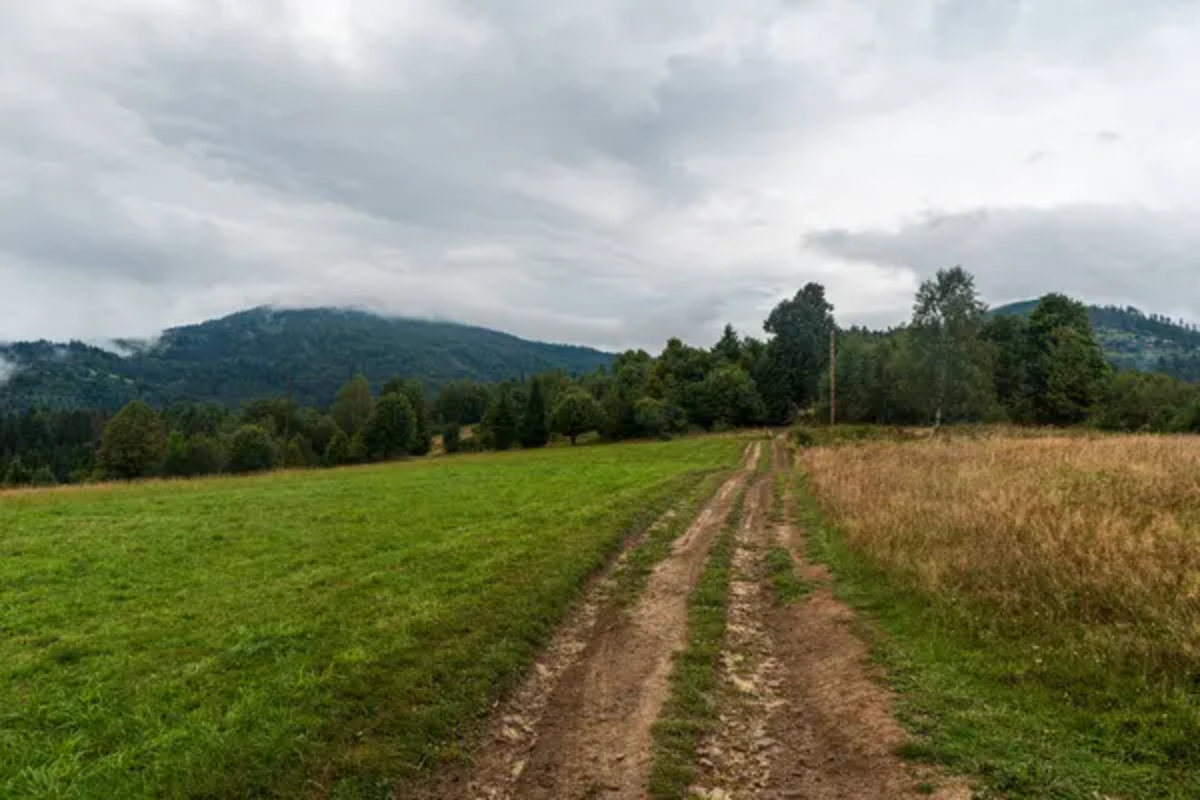
This Beskid mountain village preserves ancient harvest rituals that blend Catholicism with pre-Christian traditions. Local shepherds still practice traditional cheese-making in wooden mountain huts during the summer.
The highland lifestyle remains remarkably intact here, with seasonal migrations to higher pastures following patterns established centuries ago.
Like Travel Pug’s content? Follow us on MSN.
Krutyń
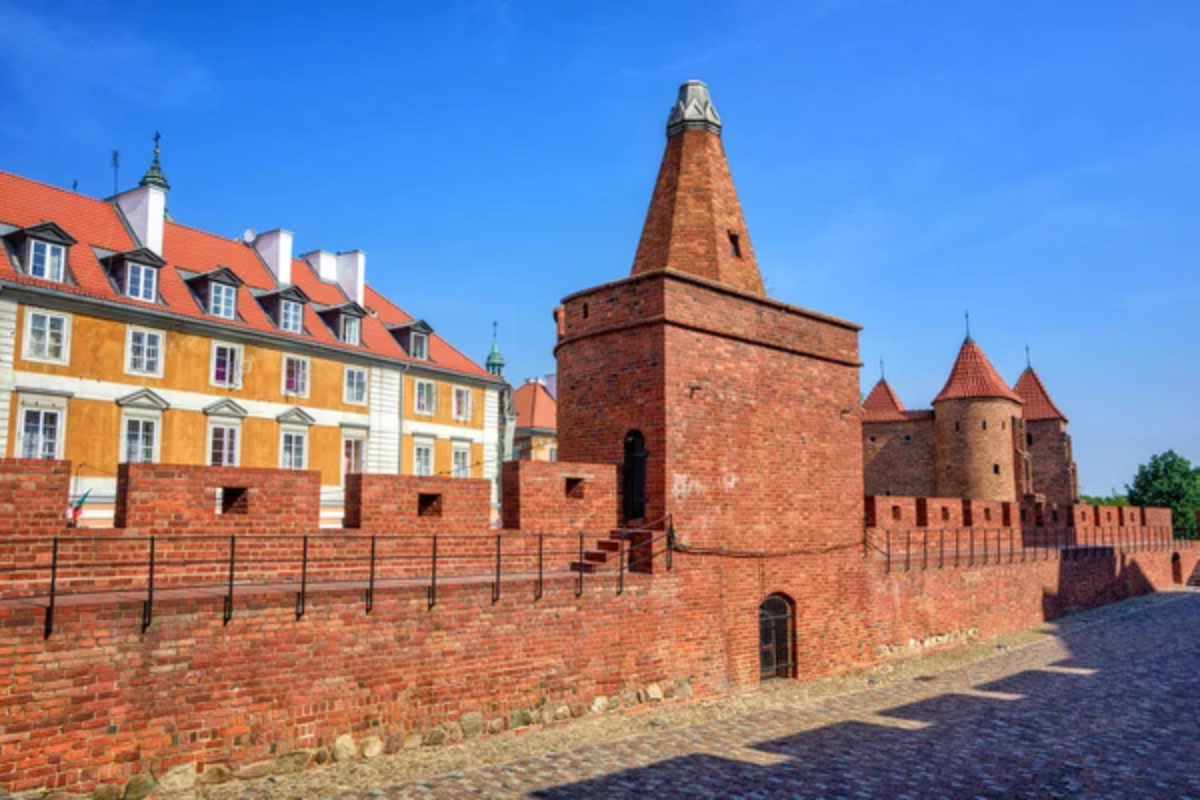
Situated along Poland’s most picturesque river in Masuria, this village serves as the gateway to exploring pristine waterways by traditional wooden boats. The crystal-clear water reflects overhanging trees, creating natural tunnels along the gentle current.
Generations of the same families have guided travelers through these waters, accumulating knowledge of every bend and wildlife habitat along the route.
Sierakowo Sławieńskie

This village reinvented itself as ‘Hobbiton,’ creating a fantasy world based on Slavic mythology rather than tourism gimmicks. Through community storytelling projects, the transformation saved it from post-communist rural decline.
Children from across Poland visit to learn traditional crafts while immersed in a world where Slavic folk tales seem entirely possible.
Moryń
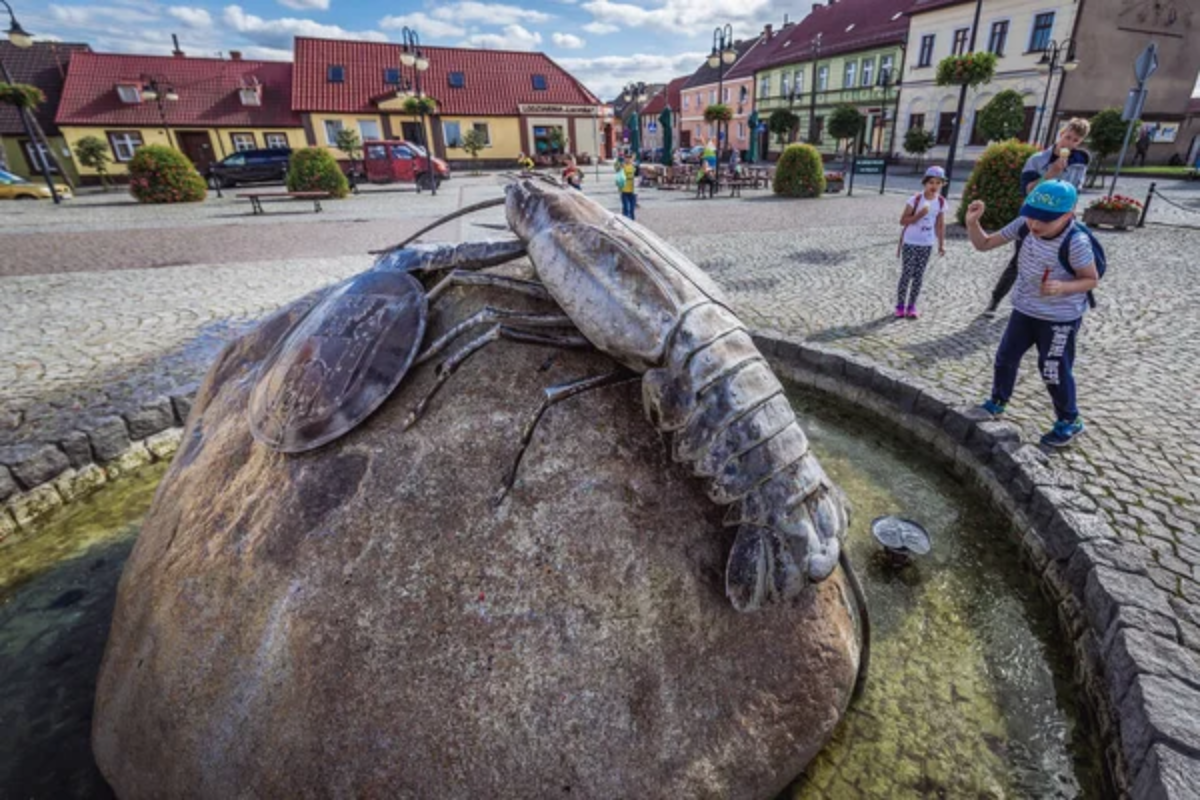
Built around a perfectly circular lake formed by a meteorite impact, this medieval village is surrounded by ancient earthen ramparts. Due to its unusual depth and composition, the lake is said never to freeze completely.
Local fishermen tell tales of mysterious currents and extraordinary fish that may be exaggerated but add to the magical quality of this perfectly preserved medieval settlement.
Like Travel Pug’s content? Follow us on MSN.
Wojciechów
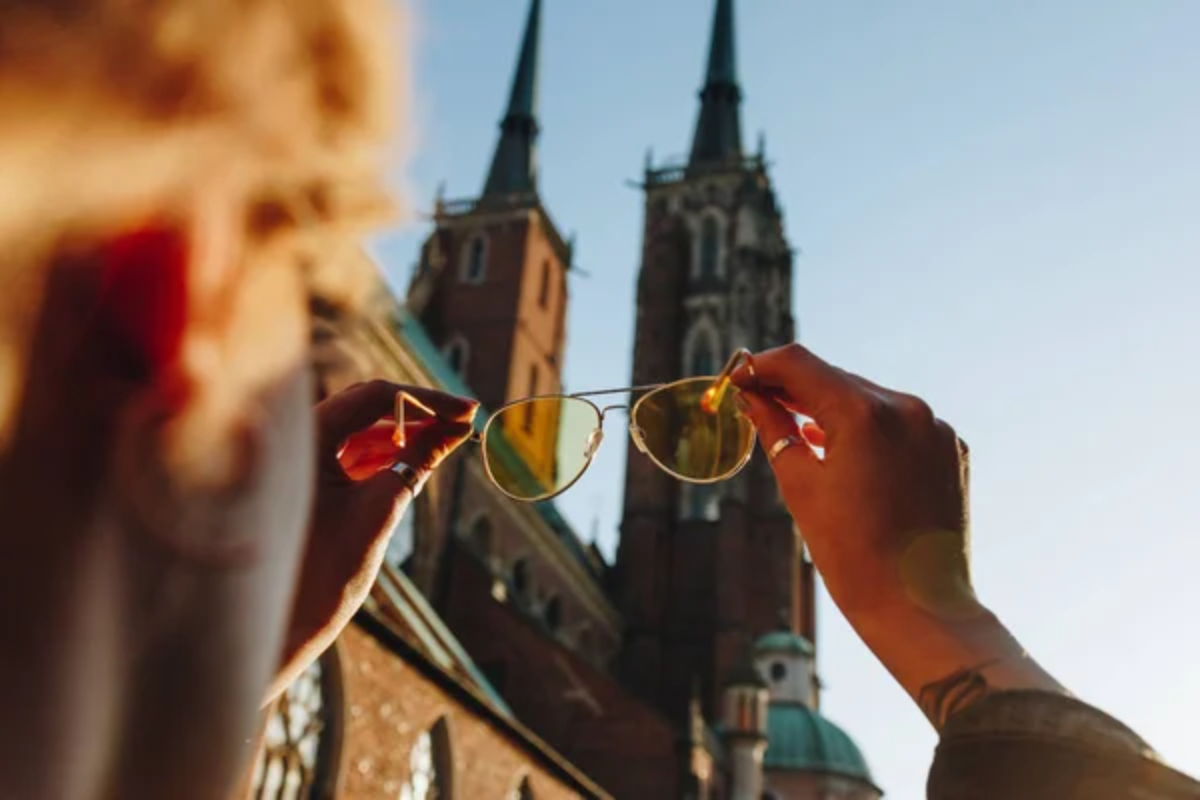
Known as the ‘blacksmith village,’ traditional forges still operate along its main street. The distinctive clanging of hammers on anvils provides a soundtrack to daily life. Master blacksmiths create everything from ornate gates to delicate jewelry using techniques passed down through generations, often working from patterns that haven’t changed since the Middle Ages.
Mikołajki
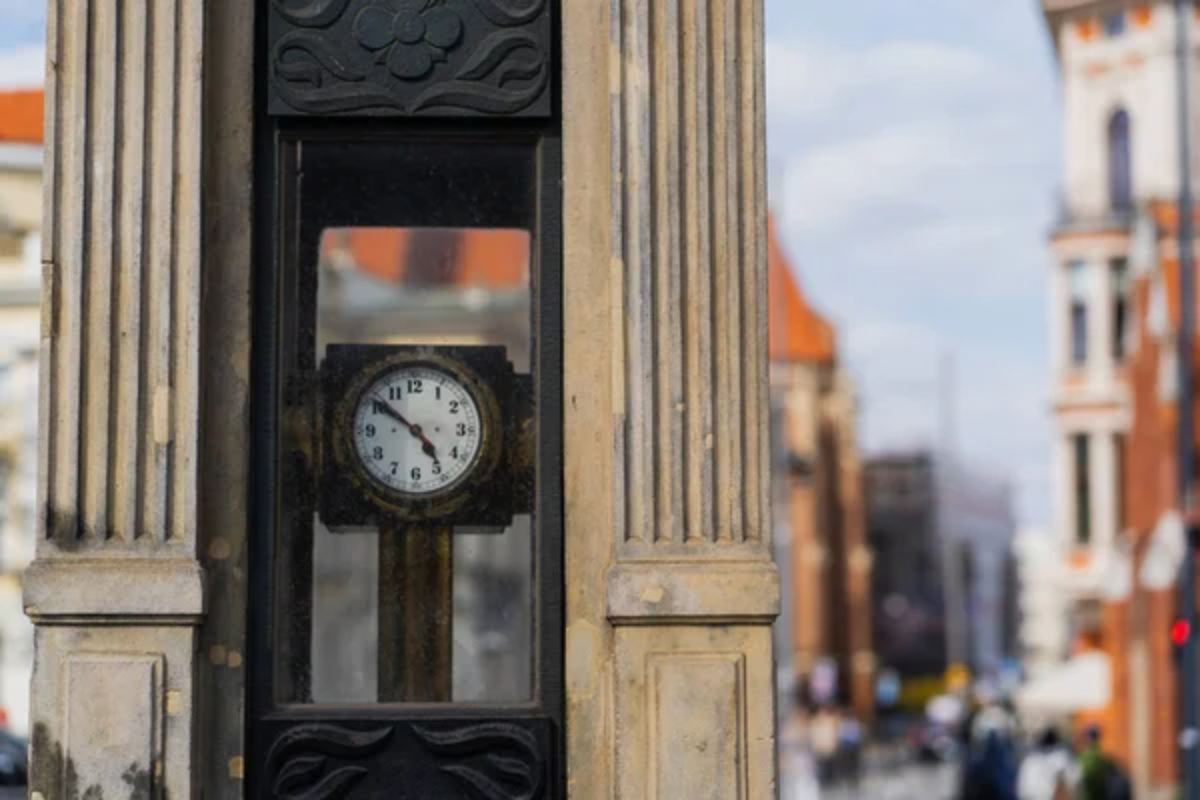
Known as the ‘Pearl of Masuria,’ this lakeside village serves as a hub for exploring Poland’s lake district. Traditional wooden sailing boats dot the harbor in the summer months.
The village has adapted to tourism while maintaining its fishing village charm, with waterside cafés serving local specialties prepared according to recipes that have remained unchanged for generations.
Złoty Potok
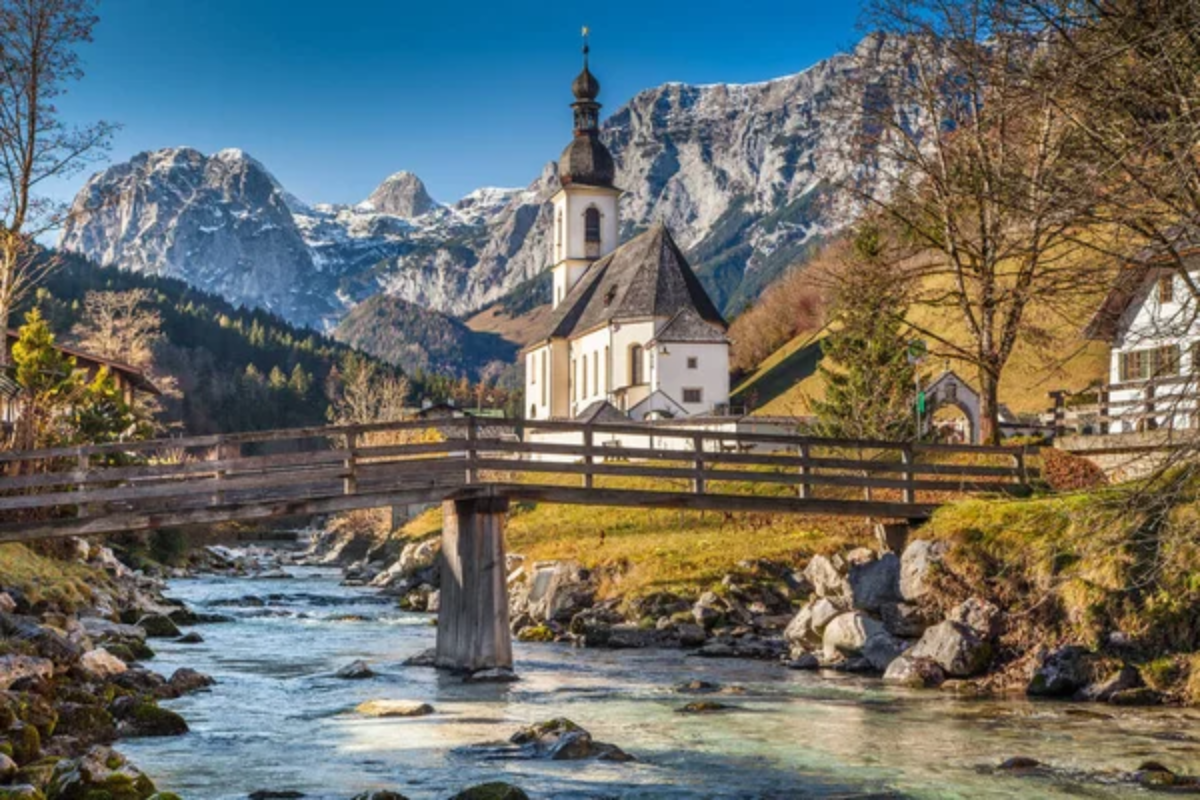
Named for the ‘golden stream’ that runs through it, this village offers a landscape that inspired Polish Romantic painters. The crystal-clear waters flow through a landscape of limestone formations and ancient forests.
Trout farms established by medieval monks still operate using the same spring-fed waters, producing fish renowned throughout the country for their distinctive flavor.
Like Travel Pug’s content? Follow us on MSN.
Poland’s Hidden Gems
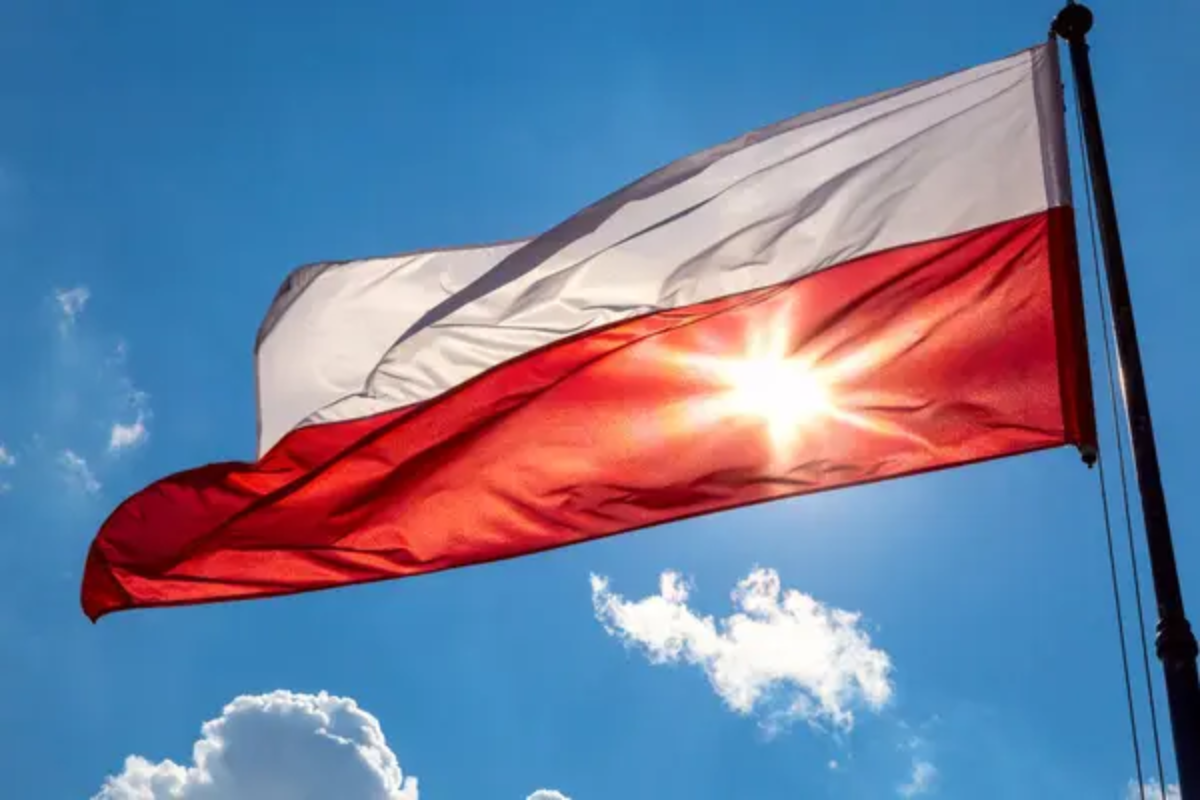
These villages represent Poland’s soul, where traditions endure not as museum pieces but as living cultural expressions. Each community tells a unique story through its architecture, customs, and relationship with the surrounding landscape. Their preservation offers something increasingly rare in our fast-paced world: authentic connections to the past that continue to inspire the present.
By exploring these hidden corners of Poland, travelers discover not just picturesque scenery but also timeless wisdom about sustainable living and community bonds that have withstood centuries of change.
More from Travel Pug

- Cities Growing so Fast You Won’t Recognize Them in 10 Years
- 13 Destinations Where Tourists Regularly Regret Their Trip
- 16 U.S. Cities That Are Quietly Becoming Travel Hotspots
- Where to Travel If You Love Long Bus Rides and Daydreams
- 20 Cities Perfect for Solo Travelers Who Crave Adventure & Culture
Like Travel Pug’s content? Follow us on MSN.
